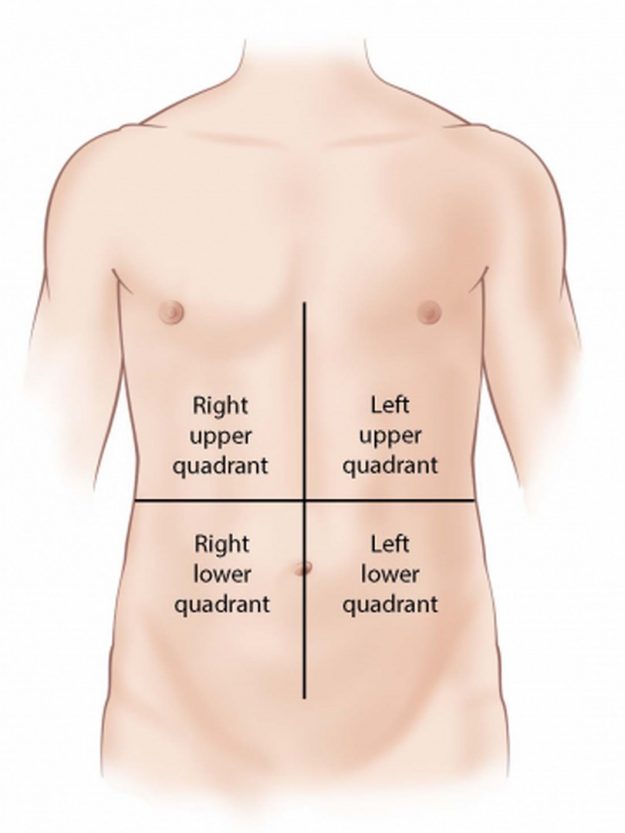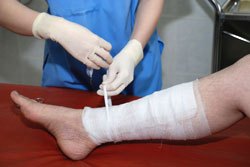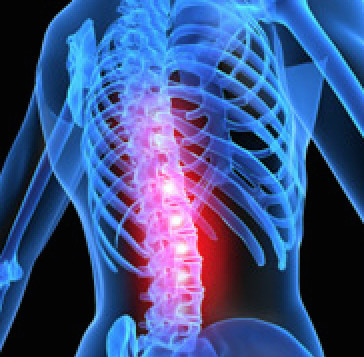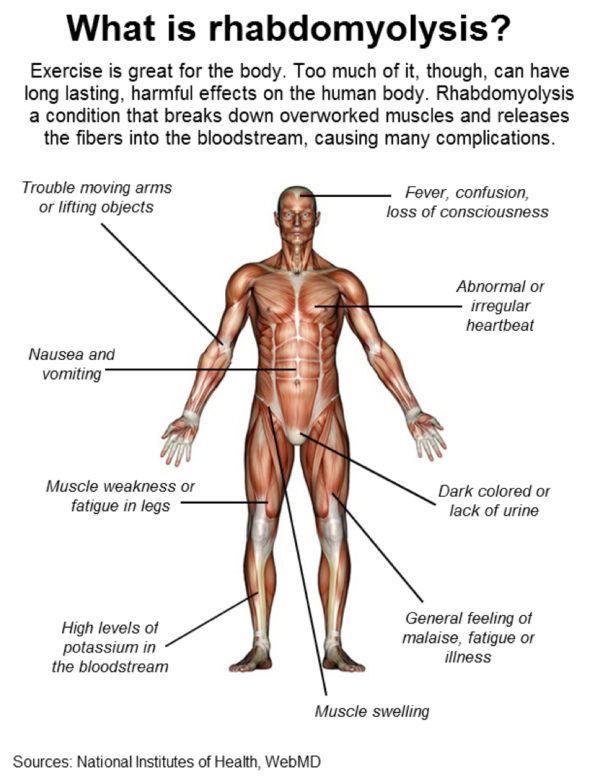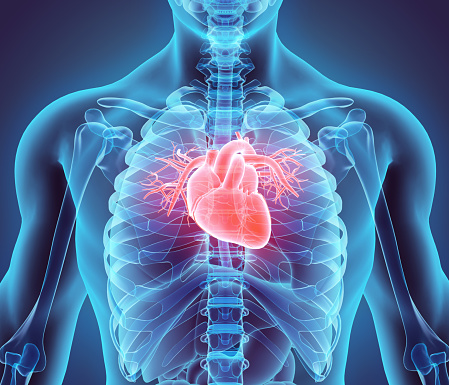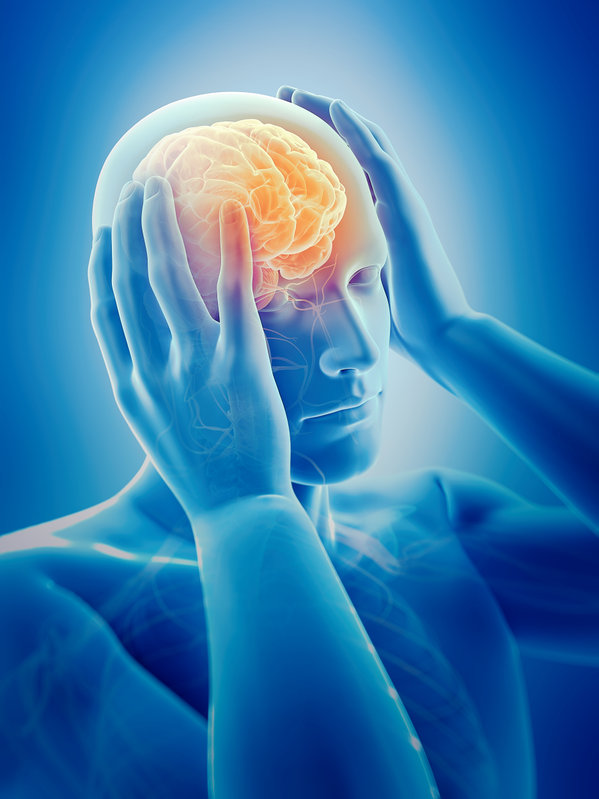Abdominal Assessment III for the Correctional Nurse: Constipation and Diarrhea 2.0 Continuing Education Hours Constipation and diarrhea are common complaints in the correctional environment. In this class, the third in a series, the basic abdominal assessment skills will be reviewed. Constipation and diarrhea will be explained, and potential reasons for each will be discussed. Common…
Chronic Wounds for the Correctional Nurse 2.0 Continuing Education Hours In the correctional environment, depending upon the population and the type of facility (jail or prison), the wounds commonly seen could be acute or chronic, but all require nursing assessment, treatment and monitoring. As follow-up to our Wound Care for the Correctional Nurse class, we will take…
Pain Management for the Correctional Nurse 2.0 Continuing Education Hours Costing more than $600 billion dollars annually, chronic pain is a major concern in the community. There is disparity in the amount and type of pain treatment provided in the community and in the correctional environment. The nature of incarceration makes some non-pharmacologic therapies that…
Human Trafficking for the Correctional Nurse 2.0 Continuing Education Hours Involving the use of fraud, coercion or force to obtain some type of labor or sex act, human trafficking can occur anywhere, including the United States. Worldwide, millions of men, women, and children are trafficked every day. Victims can be any nationality, race, gender, or…
Rhabdomyolysis for the Correctional Nurse 2.0 Continuing Education Hours Rhabdomyolysis means the “dissolution of skeletal muscle”. It is a syndrome caused by direct muscle injury, or a mismatch between energy production and energy consumption that results in a breakdown of muscle cells. This breakdown results in the leakage of potentially toxic intracellular contents into the…
Endocarditis for the Correctional Nurse 2.0 Continuing Education Hours Infective endocarditis is an infection of the lining of the heart (endocardium) and often involves the valves of the heart as well as any areas with abnormal connections between the chambers of the heart or its blood vessels. It occurs when bacteria in the bloodstream clump…
Clinical Judgment for the Correctional Nurse 2.0 Continuing Education Hours In correctional health care, nurses are usually the first health care professional to assess a health concern or complaint. Patients present with virtually every type of health problem, and many have co-occurring conditions that can complicate the diagnosis and plan of care. Therefore, correctional nursing…
Bullying and Incivility for the Correctional Nurse 2.0 Continuing Education Hours The American Nurses Association (ANA) and other organizations define incivility as “one or more rude, discourteous, or disrespectful actions that may or may not have a negative intent behind them.” The ANA defines bullying as “repeated, unwanted, harmful actions intended to humiliate, offend, and…
Headache for the Correctional Nurse 2.0 Continuing Education Hours Headache is a pain in any part of the head, including the face, scalp, and interior of the head. The pain is due to activation of the pain-sensitive structures around the brain, skull, face, teeth or sinuses. It is the one of the most common types…
Hyperactive Delirium with Severe Agitation in Corrections 1.5 Continuing Education Hours It is 5:00 pm on a Saturday night, and Mr. Joel arrives at Booking in the County Jail in the custody of four Deputies. The Deputies tell you that he was picked up at the train station because he was “acting crazy”, pulling his…
